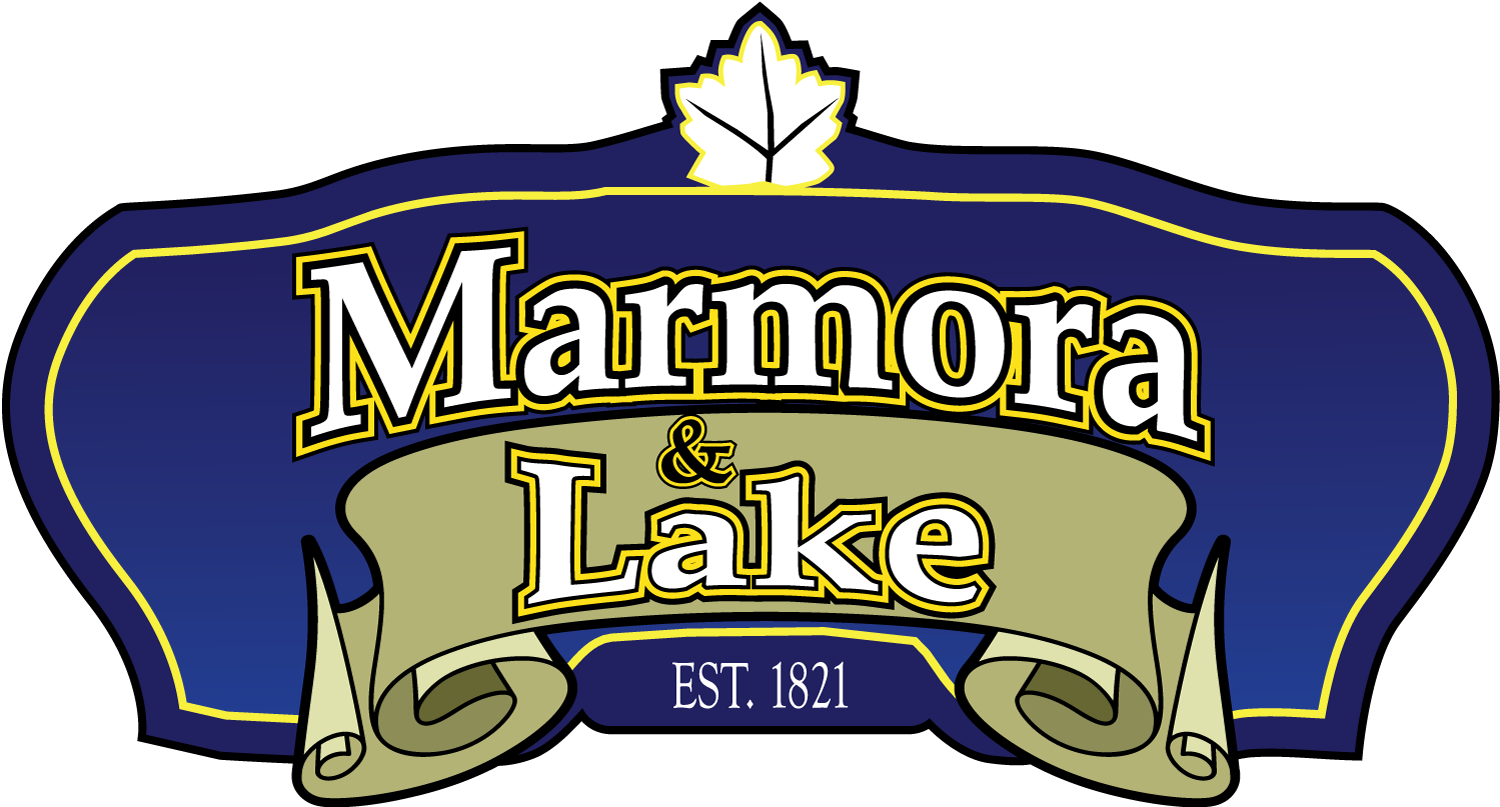EORN Gig Project
The Eastern Ontario Regional Network is proposing the EORN Gig Project to deliver ultra-fast internet to homes and businesses in the region. This would be a game-changer for eastern Ontario to attract and retain businesses and residents and to compete globally over the long term.
Understanding a “Gig”
“Gig” refers to an internet speed of 1,000 Mbps or 1 Gbps (gigabit per second). It provides seamless, reliable connectivity needed for business, healthcare, education and other services.
Gig-speed is also needed for smart technologies that depend on reliable, continuous high-speed connectivity for real-time data sharing.
Delivering Gig service generally involves a fibre optic or cable connection to the home or business.
Rationale
The COVID-19 pandemic has highlighted the crisis in rural internet access and capacity. It has impacted businesses, student learning, healthcare and government services.
Fixing the issue now with a comprehensive Gig solution will ensure that rural communities have the connectivity needed to recover from the pandemic and compete globally over the long term.
Analysis
The Canada Radio-television and Telecommunications Commission (CRTC) declared 50 Mbps download and 10 Mbps upload internet speeds as a minimum basic service. It set a goal of ensuring 90 percent of all Canadians have this access by December 2021.
Currently, about 63 percent of homes and businesses in eastern Ontario have access to 50/10 Mbps level of service. This includes rural and single-tier municipalities, but not Ottawa.
EORN estimates delivering 50/10 Mbps service to 95 percent of homes and businesses in the region will cost $500 million to $700 million. Providing a long-term solution with services of 1 Gbps would cost about $1.2 billion to $1.6 billion. The project would be financed through a public-private partnership.
Readiness
EORN has done the detailed engineering and research to undertake the Gig project and can move quickly. As soon as funding is approved, EORN could get a proposal process in place.
EORN helped build a fibre optic backbone and other infrastructure across the region with capacity to handle growing demand for speed and capacity. There is also the potential to leverage infrastructure that will be built for EORN’s Cell Gap Project that is already underway.
EORN’s public-private model is proven. The first phase of the project, completed in 2014, improved access to speeds of up to 10 Mbps to 90 percent of homes and businesses. As a result of the project, 423,000 homes and businesses are now able to access this level of service. It also spurred more than $100 million in additional telecomm investment in the region, over and above their initial commitments.
